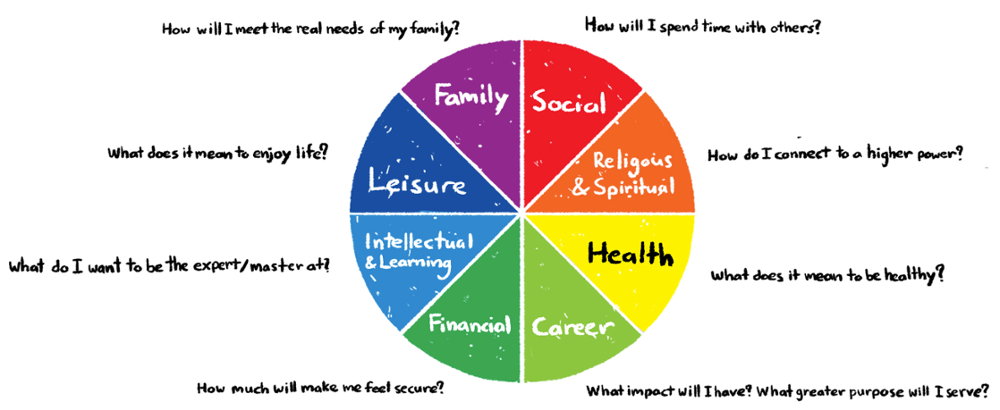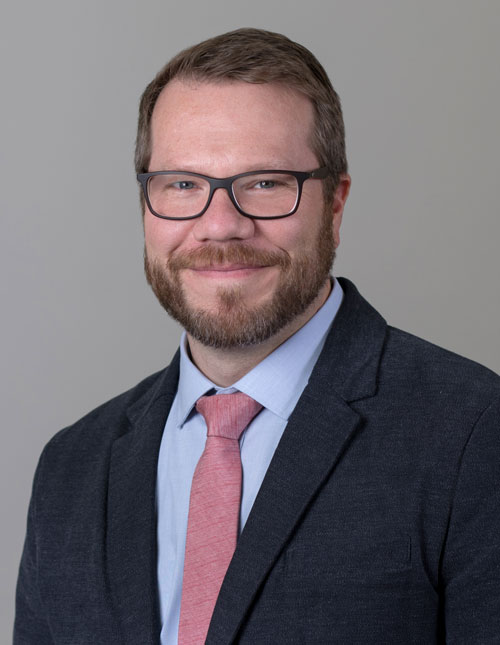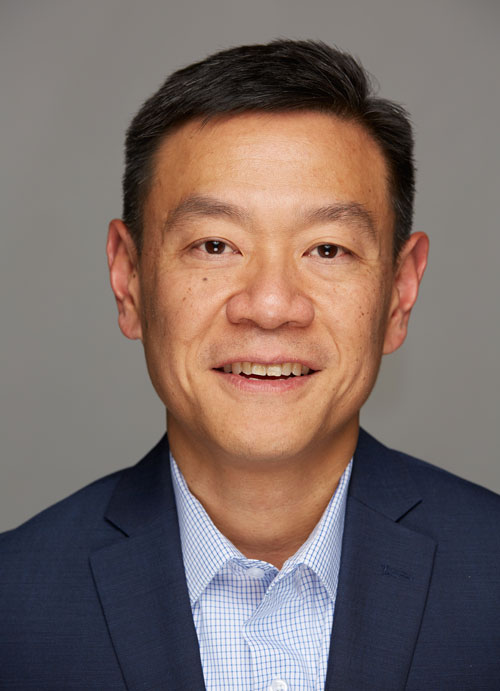Voices of U of U Health
Reconnecting with Meaning and Purpose: Leadership
Seeking ways to enhance well-being and resilience is an ongoing endeavor. This is the final blog in a four-part series about reconnecting with what is important in our lives and careers. The series focuses on medical school experience and refers to a program called RealMD as a backdrop for reflection, but the principles discussed apply anywhere.
Consider the following statements:
- I know the purpose and direction of my career.
- I know what is important and what to focus on—and what not to focus on.
- I know the criteria for personal success.
- I have a vision of the person that I want to become.
For each of them, honestly rate yourself on a 1-to-10 scale—1 being “very unclear’” and 10 being “absolutely clear.” When you add up the numbers, what do you get? We’ll call this your “self-leaderhsip score.”
The First Step of Leadership is Leading Oneself
If your self-leadership score is above 30, you probably know where you are going in your life and career. In essence, you can “lead” yourself. In our experience, this is very rare. Arriving at this state often requires a disciplined practice of reflection and inner work.
For most people, the score is between 15 and 25, indicating some degree of self-knowledge offset by significant areas of obscurity and vagueness. In this state, one can guide oneself in some areas but needs external direction, structure, or leadership in others. To the degree that someone is unclear about themself, they must rely on values from external sources (e.g. other people, one’s organization, society, etc.).
If you’re unclear about the vision of the person you want to become, ask yourself why. Whose responsibility is it to develop your vision?
If you commit to developing clarity, the responsibility of choices, actions, and results rests squarely on your shoulders. The discipline of leadership begins with a commitment to leading oneself.
Leadership Starts with a Reason
At the White Coat Ceremony for new medical students, the RealMD program starts to engage the idea of leading oneself. During the event, medical students fill out a card stating their reason for coming to medical school. The card is placed in their badge holder as a reminder of their purpose. Student are encouraged to add to it throughout medical school.
Each year, students take this process to heart. They continue building personal leadership and refining their purpose in medicine. In a recent RealMD podcast episode, Class of 2022 graduate Ellie Gilbertson, MD, drew a connection to processing her experiences by seeking what she calls derived joy. Gilbertson says, “Derived joy is looking at the whole picture of who I am and my specialty is part of that, but also being outdoors, skiing, hiking, and being a whole person is equally important.
Gilbertson took this idea further and divided up her life into a pie chart. Paying attention to her gut feelings as she weighed the entire life wheel, she thought about being a surgeon or pursuing emergency medicine.

She describes being intentional about letting her internal compass serve as a guide more than outside pressures:
“It’s a process of coming around to believing that you have everything inside yourself to make decisions, trusting it, which sounds like such a silly, simple thing. But for me, that was one of my biggest accomplishments during medical school to come around to this place where I honestly trust myself to know what is best for me and what is right, which is a skill I don't think I had when I first started medical school. It was there, but it wasn't nearly as developed or practiced as it is now.”
Gilbertson ultimately connected her love of outdoors with her purpose in medicine and trusted herself to make that choice. This naturally led her to chart her own career path and do more as a leader for others, including serving homeless populations as an emergency medicine physician.
What is it like to lead others? Review again the questions at the beginning of the blog. But replace “I” with “We.” Leadership doesn’t have to be much more complicated than that.
Leading Others Starts with Self-Leadership

A main function of leadership is to provide purpose and direction for other people. The same skills required to lead oneself apply to leading others. What is our purpose? What is our focus? What are our goals? What is our vision of ourselves? These are the core questions that leaders wrestle with.
Why do so many leaders struggle with leadership? Because they never developed proficiency with self-leadership. They conflated their values with the values that others would approve of. They conflated their criteria for success with what others would consider success. So when they are asked about their own vision for the organization, they either parrot what they’ve heard others say or struggle to articulate it because they don’t know where to find their own.
The secret all along was to take the skills of self-leadership and expand the scope to include others.
Creating a Better Future Begins with Teaching People to Lead
Imagine what health care might have been like 200 years ago. Or even 50 years ago. How much has changed? The pace of change is only increasing. What will health care be like 25 years from now? We don’t know, but we are in the process of creating it. Creation is part of the process of leadership.
What will be the purpose of what we create? What is important? What is success? What is the vision of health care in the future? These are all things to think about.
Although people in established roles of authority have stewardship of the current institution, the future is mostly created by the energy and ideas of younger generations. As a medical school, we are charged to educate future members of our professional community. We must teach them what we know. We must also foster the vision of a better future among learners. We do this through developing leadership and, most importantly at this stage, developing self-leadership.
In This Series
In this four-part blog series, we have explored concepts central to the development of a meaningful career. We are looking to integrate these concepts into the training of health care professionals. While these concepts may start in training, they can take a lifetime to practice and master. We hope this series has heightened your awareness and understanding of the importance of relationships, excellence, authenticity, and leadership in your own career.
Other Blogs in This Series
Reconnecting with Meaning and Purpose: Relationships
Reconnecting with Meaning and Purpose: Excellence
Reconnecting with Meaning and Purpose: Authenticity

